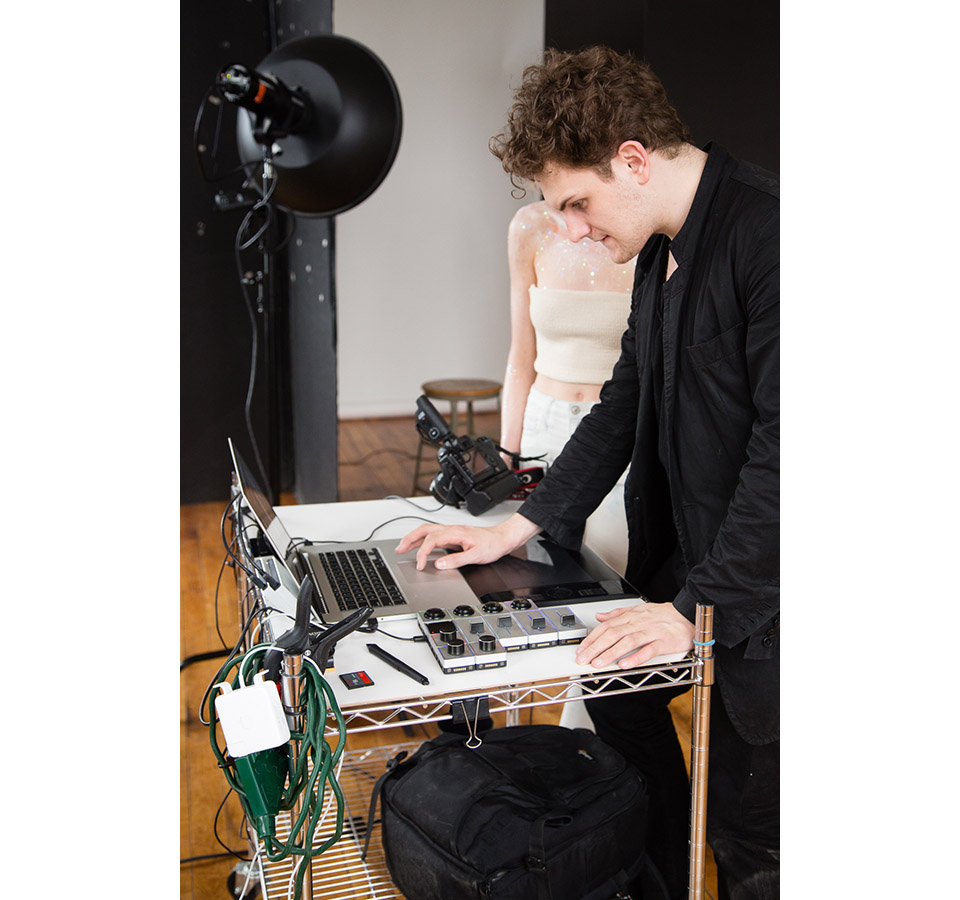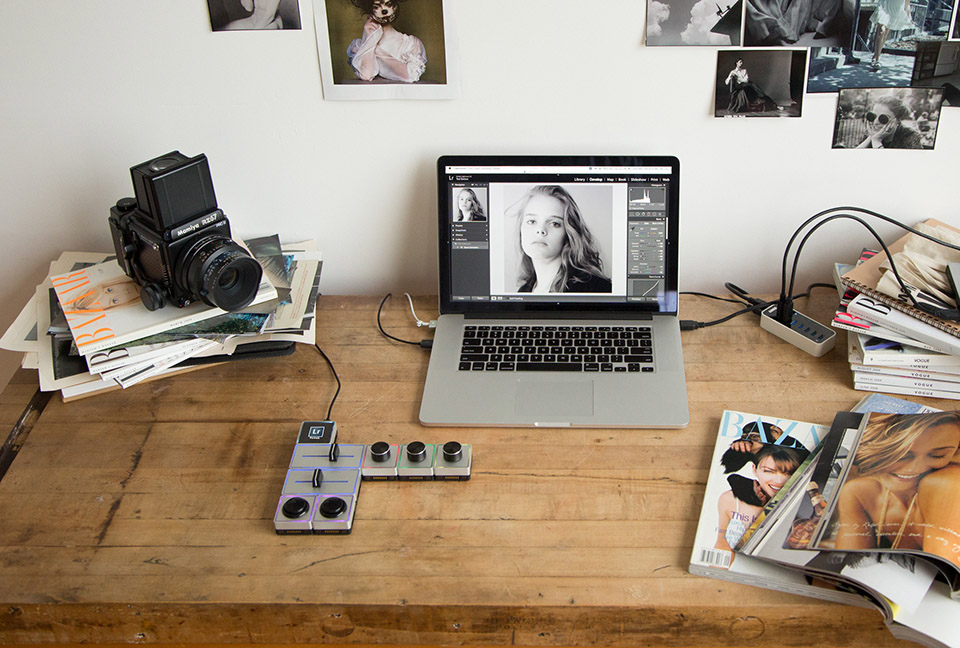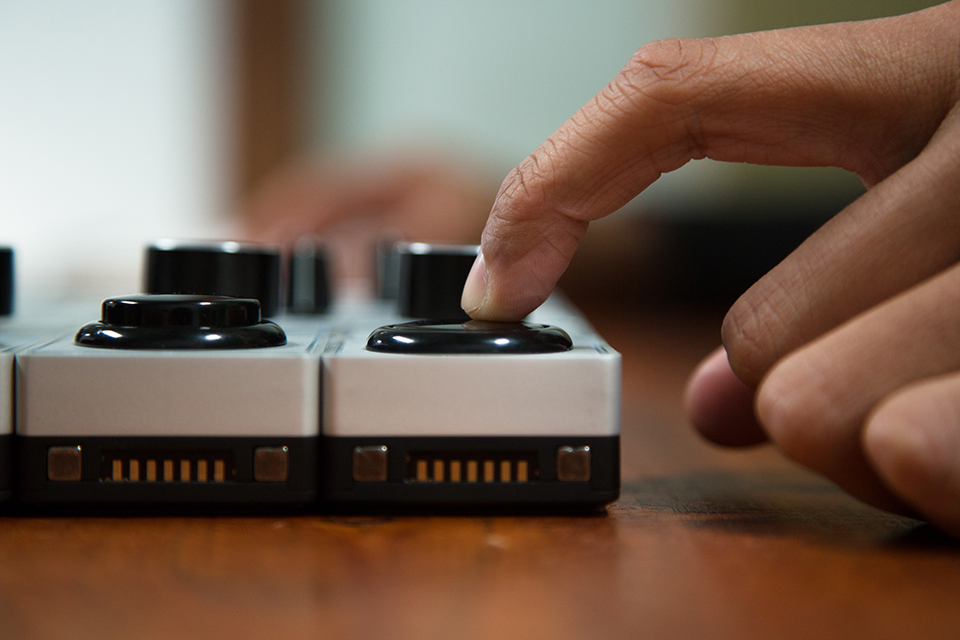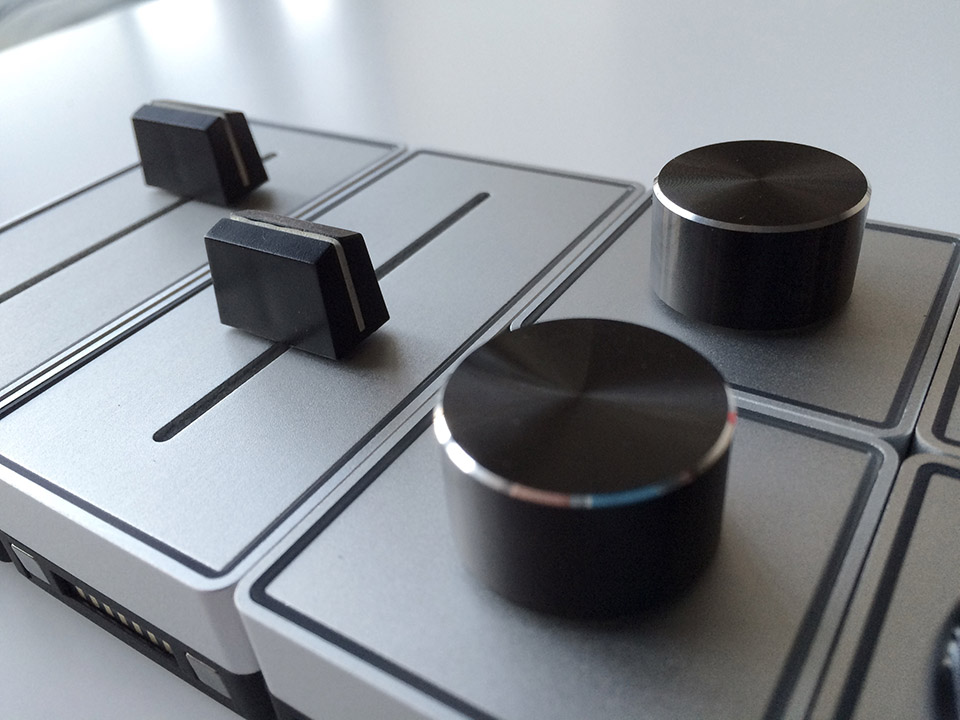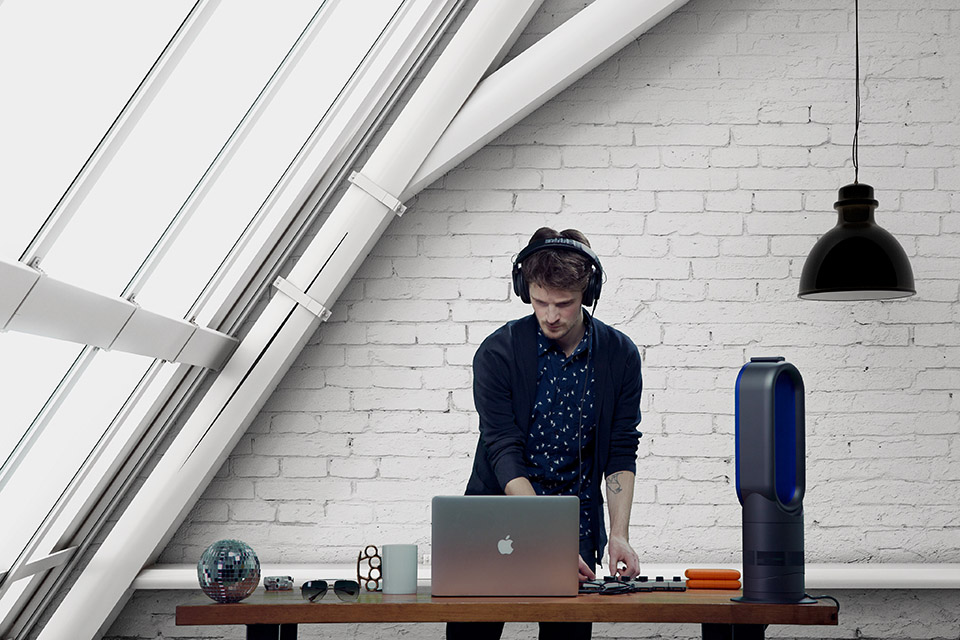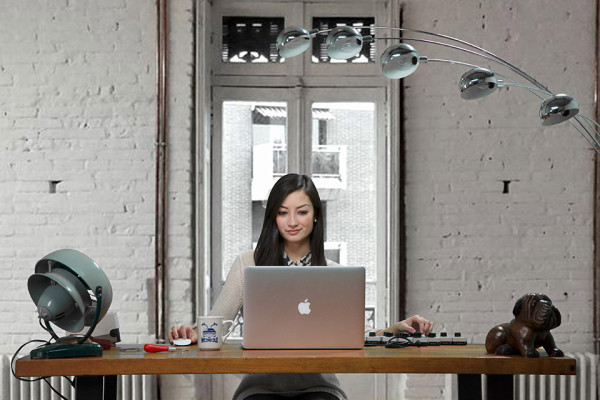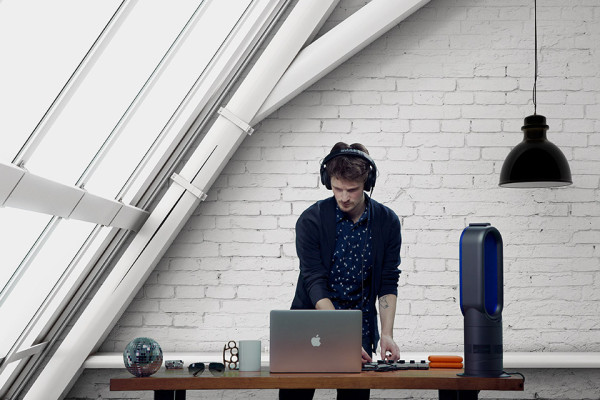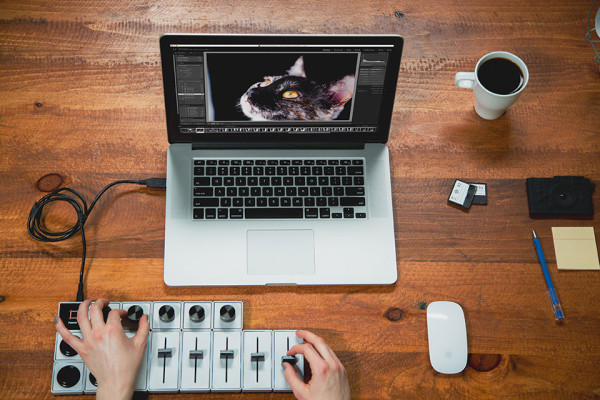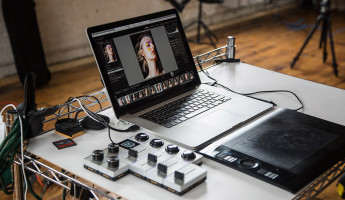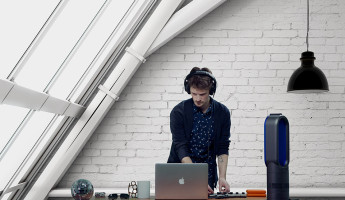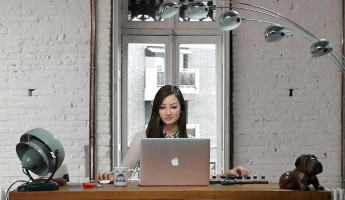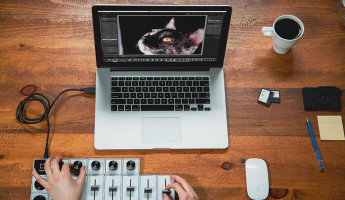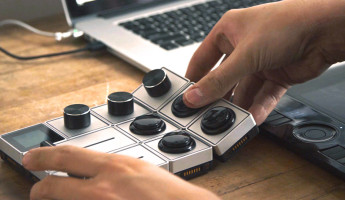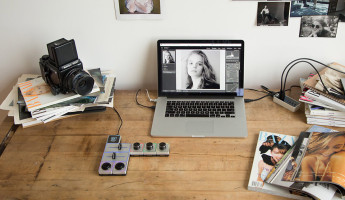The digital revolution is still evolving. The tools are changing, adapting to suit our human physiology and its capacity for expression. The latest of this evolution comes from a new company called Palette, producers of the Palette modular control interface for digital creatives. It delivers analog-style tools in modular blocks, allowing the user to build a physical toolkit that best suits their creative workflow. The user can choose from knobs, sliders and buttons, then build (and swap) a control array that does the job right.
How do the Palette modular interface systems work?
Palette offers a collection of magnetically-connectable devices that “click” together on the fly. A digital creative can choose as few or as many of these controllers as they wish, then assemble them in a layout that best suits the task at hand. This array connects to a PC or Mac with a single USB cable, and then each individual controller can be assigned to a setting in a digital environment. It’ll work with nearly any Adobe creative app currently available, and it can work with just about any music program imaginable via MIDI. In short, a user can select the physical tools they need, attach them magnetically and then assign them to software controls. In moments, a digital creative will have hands-on control over their software environment.
What kinds of controls can the Palette modular interface provide?
In short, you name it. If you’re a pro photographer like me, you can use Palette in Lightroom and Photoshop to control parameters that are a normal part of your workflow. For example, you could control Lightroom’s highlights and shadows sliders to physically tweak the high and low end of your exposure. You could use a slider to fine tune your white balance. If you do a lot of lens profile corrections, you could use a knob to rotate the image if the horizon is just a little askew. Once you’re comfortable with the system, you could eventually just hide Lightroom’s control panel altogether. Don’t take your eyes of the image, let your hands do the tweaking and then export to Photoshop. If you’re a musician, such tools are easy to understand right away. You can set up an impromptu DJ mixer with a slider and a handful of knobs. You can control software synthesizers in the same way. It communicates with your software environment via MIDI, so it basically becomes a hardware controller that is completely customizable, right down to the button. See Palette in action for a typical photographer’s workflow:
How much will the Palette modular controller(s) cost?
As of now, pre-orders for Palette start at $199 for a kit that includes 2 buttons, 1 dial, 1 slider and the core unit that connects to your computer via USB. You can then add individual pieces to your kit at a rate of $49 per dial, $29 per button, and $49 per slider. You only need one core unit, so you can build your array of controllers based on the individual kit. If you’re a bit more ambitious, you can pre-order the Palette modular controller Professional Kit. It includes the core unit, 4 buttons, 4 sliders and 6 dials. It’s available in an aluminum finish for $499, or you can spend a little more for a limited edition wood grain finish for $899. The wood grain version features a hand-sanded cherry casing with light gold banding. For my purposes, I’d need 6 or 7 between Lightroom and Photoshop, but those of you who do some really advanced software stuff could surely make use of the full Pro kit.
The Takeaway
The Palette modular interface is a terrific execution on an old idea. There have been many concepts for analog-style control of digital interfaces, including many that are on the market now. Musicians have seen products like this for a long time, but this one is different. Its modularity and the sheer elegance of its magnetic locking make it a tinkerer’s dream. You can quickly, easily build an array of controllers for each project you’re working on. Furthermore, this isn’t targeted directly at musicians, it’s built more for photographers and imaging creatives. If you’re like me, you can instantly see a value for something like this in your workflow. As I mentioned above, you could completely hide the control panel in Lightroom and just tweak away, never taking your eyes off the image. A mouse just isn’t quite the same. That said, the mouse and keyboard are still king. You can get buy just fine with your current tools. If you were to purchase the Palette modular interface, you’d still use the mouse and keyboard for most of your workflow. It’s not designed to be a replacement, it’s designed to be a supplement — one that provides good old fashion feeling to the creative process. In my book, that’s certainly worth the asking price. Pre-order the Palette modular control interfaces directly from Palettegear.com. Palette has begun shipping this summer after a successful round of funding on Kickstarter.
Palette Modular Control Interface | Gallery
